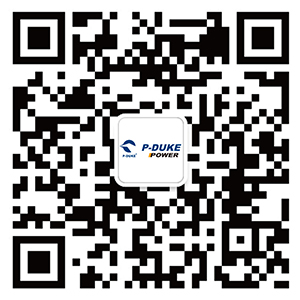[Video] How to Measure Power Supply Output Ripple & Noise Correctly
Learn the proper method to measure output ripple and high‑frequency noise of a 100 W AC to DC power supply (tested at 60 W load). This video explains:
• Difference between low‑frequency ripple (capacitor charge/discharge) and high‑frequency switching spikes
• Why standard oscilloscope probe ground leads act like antennas and pick up radiated interference
• How to minimize loop area: direct probe tip + barrel contact, or a short BNC coax connection
• Using a 20 MHz bandwidth limit for comparable measurements
• Identifying the 53 kHz switching frequency (18.84 µs cycle)
• Adding a 100 nF ceramic capacitor across the output to suppress very fast spikes
• Further ripple/noise reduction with an added 47 µF electrolytic capacitor (typical local input decoupling)
• Practical probing do’s & don’ts to approach datasheet “true” values.




